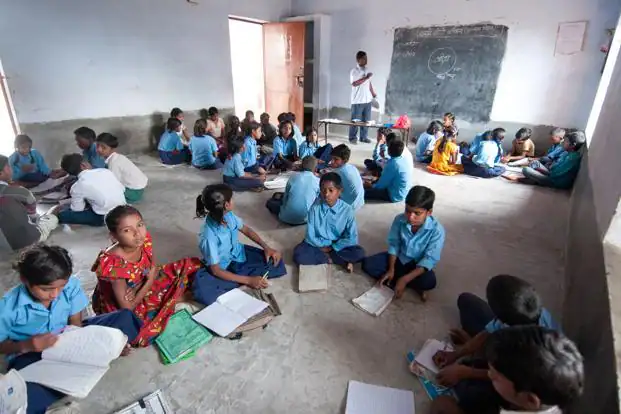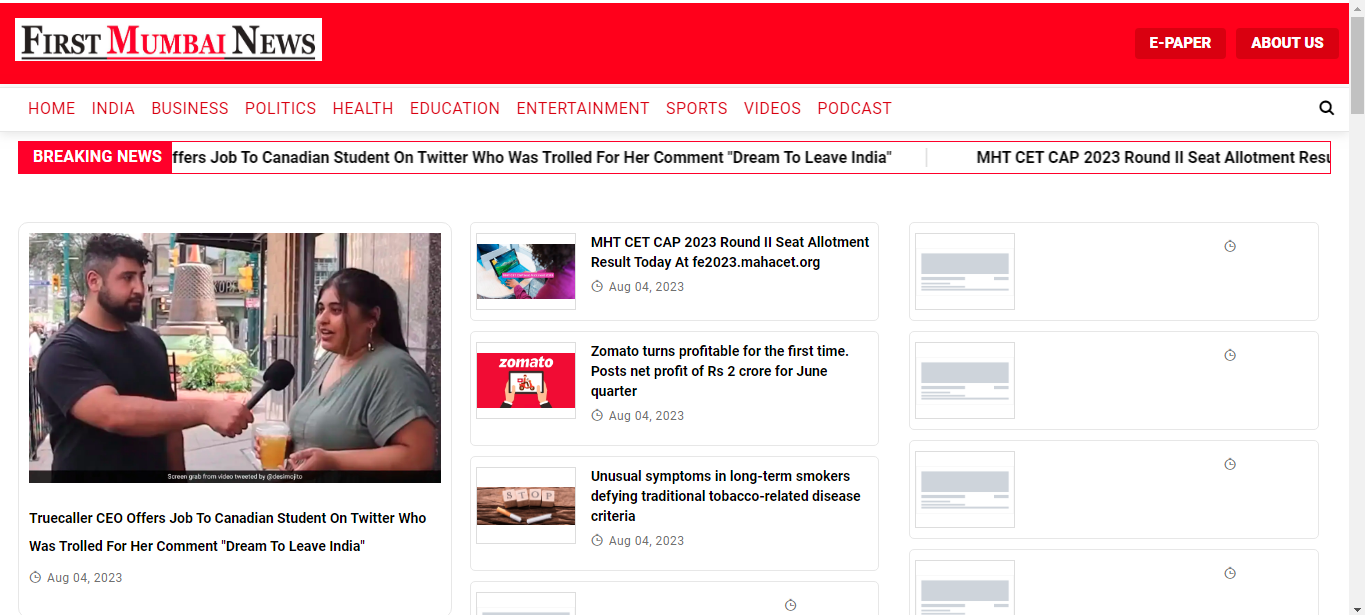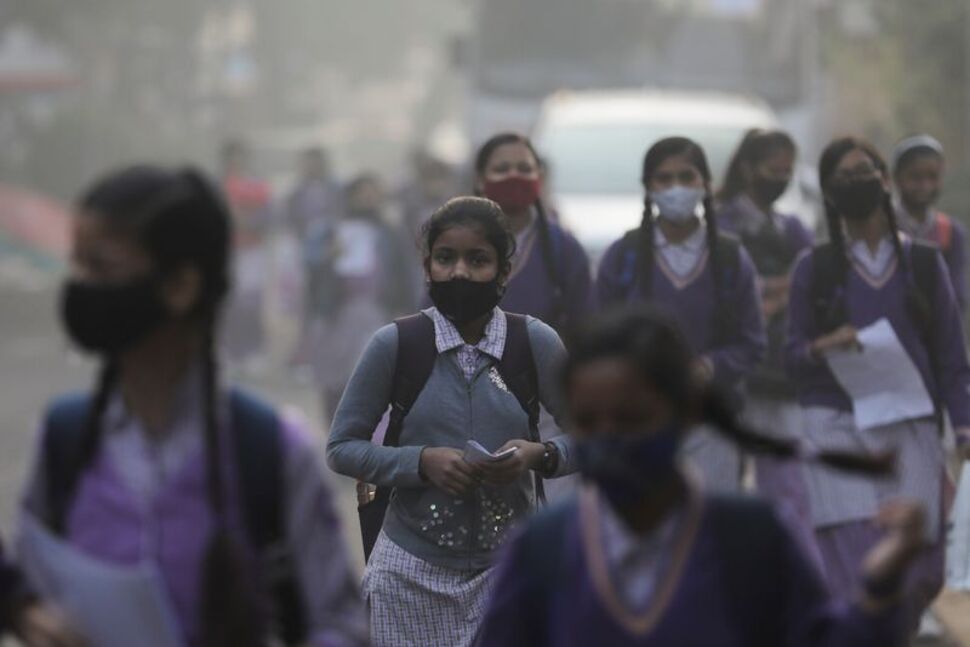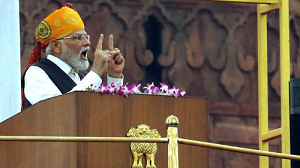
EDUCATION
Tribal students in Eklavya schools to study AI with custom curriculum, games, relatable content
- Admin
- Aug 29, 2023

Tribal students in Eklavya schools to study AI with custom curriculum, games, relatable content
Union tribal affairs ministry is set to launch a specially tailored version of the CBSE curriculum for AI in 54 Eklavya schools in tribal areas. Coding lessons have already started.
In remote tribal areas, where access to technology has long lagged, a big change is brewing in some schools. The Union Ministry of Tribal Affairs is all set to introduce artificial intelligence (AI) in the curriculum of several Eklavya Model Residential Schools, giving tribal students, many of them first-generation learners, the same opportunity as their urban counterparts.
To start with, the AI curriculum of the Central Board of Secondary Education (CBSE) will be rolled out for class 8-9 students in 54 out of the total 401 Eklavya schools in about two months,has learnt.
Eklavya Model Residential Schools (EMRSs) were established in the 1990s to provide secondary and senior secondary education to tribal students in areas with a tribal population of at least 50 percent, with a minimum strength of 20,000 people.
The schools were created with the goal of ensuring that tribal students have access to the same educational opportunities as their urban peers, and to promote the overall development of tribal communities. There are presently 1,05,609 tribal students studying in EMRSs across India.
Currently, the National Education Society for Tribal Students (NESTS), under the Ministry of Tribal Affairs, is working on mapping the curriculum and preparing modules with examples and activities with which students can relate to and understand the concept of AI.
However, speaking on condition of anonymity, NESTS officials that while the 54 schools selected for the pilot phase are equipped with computers, the real challenge will be to introduce the courses across all the Eklavya tribal schools. Many, especially those in interior areas, still do not have adequate IT infrastructure or connectivity.
Susree Sangita Rath, a teacher coordinator at EMRS Siriguda in Odisha, highlighted some of the typical practical hurdles confronting remote schools.
“The students are really excited to learn about computers and coding, but they don’t get enough time to practice as we have very few new computers. The old ones can’t be used. The other problem is poor internet connectivity. These students do coding using But when the internet connection is not available, they can’t use the computer lab,” she explained.
To address these challenges, the Ministry of Tribal Affairs has partnered with the Ministry of Electronics and Information Technology to establish smart classrooms in EMRSs and provide improved internet connectivity.
“We are making all possible efforts to address the problem.
Eklavya Model Residential Schools (EMRSs) were established in the 1990s to provide secondary and senior secondary education to tribal students in areas with a tribal population of at least 50 percent, with a minimum strength of 20,000 people.
The schools were created with the goal of ensuring that tribal students have access to the same educational opportunities as their urban peers, and to promote the overall development of tribal communities. There are presently 1,05,609 tribal students studying in EMRSs across India.
Currently, the National Education Society for Tribal Students (NESTS), under the Ministry of Tribal Affairs, is working on mapping the curriculum and preparing modules with examples and activities with which students can relate to and understand the concept of AI.
However, speaking on condition of anonymity, NESTS officials that while the 54 schools selected for the pilot phase are equipped with computers, the real challenge will be to introduce the courses across all the Eklavya tribal schools. Many, especially those in interior areas, still do not have adequate IT infrastructure or connectivity.
Susree Sangita Rath, a teacher coordinator at EMRS Siriguda in Odisha, highlighted some of the typical practical hurdles confronting remote schools.
“The students are really excited to learn about computers and coding, but they don’t get enough time to practice as we have very few new computers. The old ones can’t be used. The other problem is poor internet connectivity. These students do coding using But when the internet connection is not available, they can’t use the computer lab,” she explained.
To address these challenges, the Ministry of Tribal Affairs has partnered with the Ministry of Electronics and Information Technology to establish smart classrooms in EMRSs and provide improved internet connectivity.
“We are making all possible efforts to address the problem.









